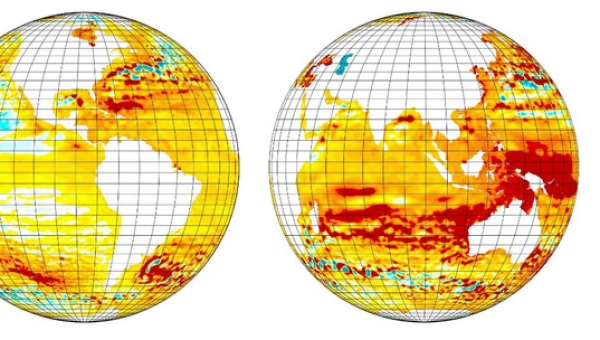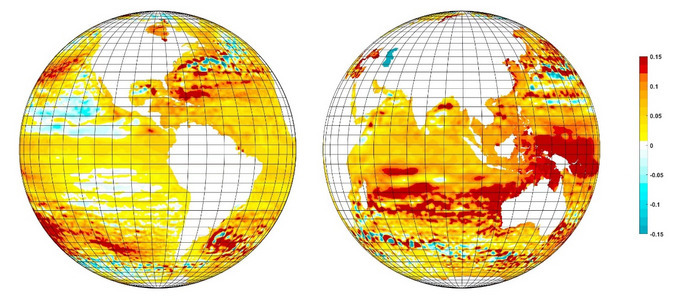CHEMISTRY
China evaluates the performance of CMIP6 models in simulating sea level

According to the Sixth Assessment Report of the Intergovernmental Panel on Climate Change, the global mean sea level has risen faster since 1900 than over any preceding century in the last 3000 years. This makes hundreds of coastal cities and millions of people vulnerable to the threat of higher water levels. State-of-the-art climate models provide a crucial means to study how much and how soon sea levels will rise. However, to what extent these models can represent sea level variations remains an open issue. Thus, they should be evaluated before they can be adapted to forecast future sea-level changes.
In a paper recently published in Atmospheric and Oceanic Science Letters, Dr. Zhuoqi He from the South China Sea Institute of Oceanology led a team to assess the performance of climate models in simulating the sea level over the low-to-mid latitudes of the globe. The results indicated that the models simulated the long-term mean sea level relatively well. However, strong biases were apparent when the models tried to reproduce the sea level variance. For example, almost all of them underestimated the interannual signals over the subtropics where western solid boundary currents prevail.
“This bias is at least partially due to the misrepresentation of ocean processes because of the relatively low resolution of their historical simulations. We can see that the nearshore bias is reduced as the model resolution increases,” explains Dr. He.
“Understanding the causes of model misrepresentation is important towards improving the simulation skills of models, and our study helps in this respect by identifying a direction for future model development to reduce model biases.”
